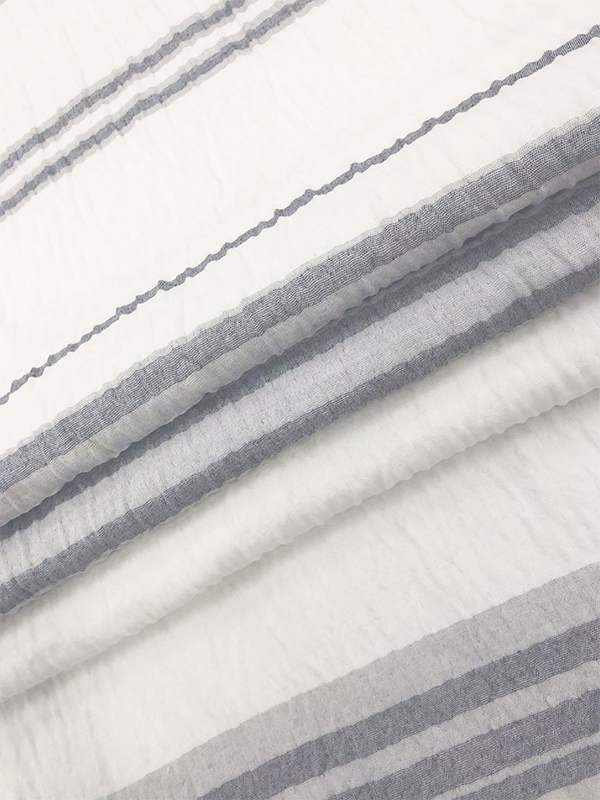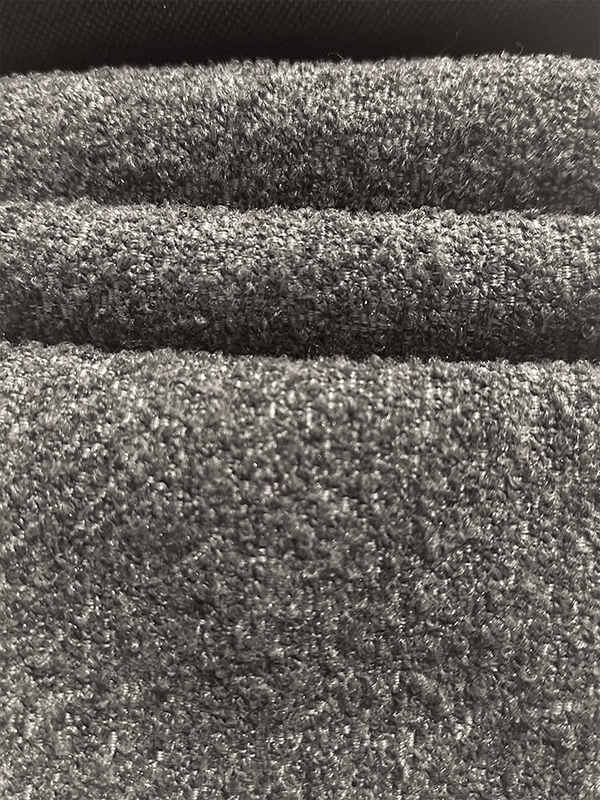Bedding fabric plays a crucial role in creating a comfortable and restful sleep environment. The type of fabric you choose for your sheets, duvet covers, and pillowcases can affect not only the aesthetics of your bedroom but also the quality of your sleep. With a wide range of bedding fabric options available, each with its own unique properties, finding the right one can seem daunting.
When it comes to bedding, the fabric's texture, breathability, and durability are key factors that influence sleep quality. The right fabric can keep you cool in the summer, warm in the winter, and provide a soft, soothing feel against your skin. Bedding fabric also affects the longevity of your linens; investing in high-quality fabric means your bedding will retain its appearance and comfort for years.
The selection of bedding fabric should consider factors such as personal preferences, climate, skin sensitivity, and desired maintenance level. With this in mind, let's explore some popular bedding fabric options and their benefits.
Cotton is one of the most popular and versatile bedding fabrics due to its softness, breathability, and durability. It comes in various types, such as:
Known for its long fibers and luxurious softness, Egyptian cotton is considered the highest-quality cotton. It is highly durable and maintains its softness even after many washes, making it ideal for long-term use.

Another high-quality cotton, Pima is known for its smooth texture and durability. It is less expensive than Egyptian cotton but still offers a luxurious feel.
The most common type of cotton, upland is widely used for standard sheets. While it may not be as soft as Egyptian or Pima cotton, it is still a good choice for everyday bedding.
Grown without synthetic pesticides or chemicals, organic cotton is an eco-friendly option that is gentle on sensitive skin.
Linen is a natural fabric made from flax fibers, offering a distinctive texture and breathability. It is perfect for warm climates due to its excellent moisture-wicking properties. Linen sheets have a slightly coarse texture initially, but they soften with each wash. Though more expensive than cotton, linen is highly durable and can last for decades with proper care. Its casual, wrinkled look adds a touch of effortless style to any bedroom.
Silk bedding fabric is synonymous with luxury. Made from the fibers of silkworm cocoons, silk is known for its smooth texture, sheen, and hypoallergenic properties. It naturally repels dust mites and other allergens, making it an excellent choice for people with allergies. Silk also helps regulate body temperature, keeping you warm in winter and cool in summer. However, it requires delicate care and is often more expensive than other fabrics.
Microfiber is a synthetic fabric made from finely woven polyester fibers. It is soft, lightweight, and resistant to wrinkles, making it easy to maintain. Microfiber sheets are also affordable and can mimic the feel of more expensive fabrics like silk. However, they are less breathable than natural fabrics, which may cause discomfort in warmer climates. Microfiber is best suited for cooler temperatures or those who prefer a cozy, insulating feel.

 English
English 中文简体
中文简体 Español
Español عربى
عربى














